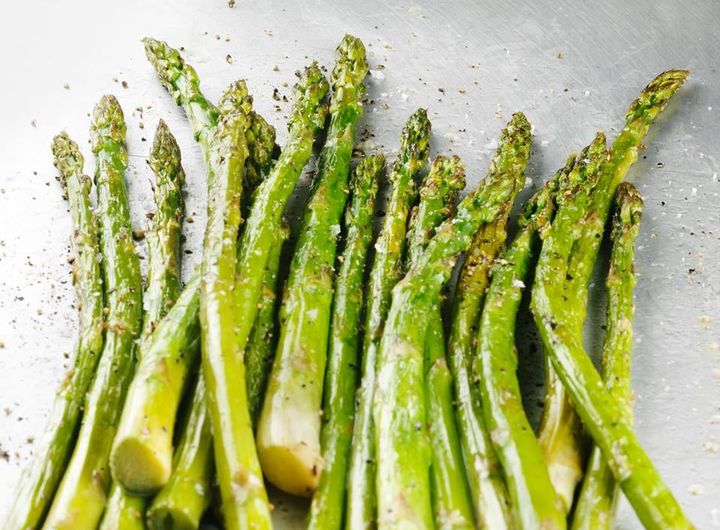Sant'Erasmo's Violetto artichoke
"Castraure"
“Articiochi”, as artichokes are called in Venice, were introduced into Venetian cuisine by the Jewish community. They are mainly eaten raw, for example in pinzimonio seasoned with oil and lemon. Castratures are a real treat available only for a short time, a maximum of two weeks. This product also lends itself to the production of tasty pickles in oil. It is a delicious, tasty and refined vegetable. It lends itself to many types of cooking such as boiled, baked, stewed, grilled.


The recipe
There are many recipes based on castraure di Sant’Erasmo. Raw, with just a drizzle of extra virgin olive oil, or “in tecia”, but also fried, or in risotto together with “schie” (lagoon shrimp). To prepare them “in tecia” (which would be the pot), just pour them cut on a sauté of oil, garlic and parsley, and then salt. For the risotto, the castraùre should be combined with the cooking base.
The best time to taste dishes prepared with castraùre is May. In fact, the harvest begins at the end of April and continues until mid-June. On the second Sunday of May, on the island of Sant’Erasmo, the violet artichoke festival is organized. An opportunity not to be missed to also taste other products from the island. However, pay attention to the long periods of drought that could compromise the success of the festival.

"Ovi de sepa con le sparasee"
Cuttlefish and green asparagus dairy products by Cavallino
Boil the dairy products for 15 minutes in a vegetable broth, then cut them julienne. Steam the peeled asparagus, then cut the peeled stalks thinly, keeping the tips whole. Now toast a handful of pine nuts in a non-stick pan. Mix this dairy, green asparagus and pine nut salad with an emulsion of extra virgin olive oil, salt, pepper and a little lemon juice. You can serve the dish as an appetizer or season with noodles. Garnish with asparagus tips.
Green asparagus from the coast
" Sparasea "
Montine bitter violet asparagus (in Venetian ‘sparasea’), is a vegetable available from mid-March to the end of May in the areas of Cavallino-Treporti and the Mesole and Lio Piccolo islands. The Greeks called it ‘asparagos’ and used it more for its diuretic medicinal properties than for food. In Roman times, Cato, in his “De Agricultura”, dedicated an entire chapter to asparagus and Pliny (37-79 AD) praises its cultivation in the land overlooking the Adriatic. What is left today of asparagus from the Romans and the Middle Ages, thin and very tasty? To get closer to those varieties and that ancient taste, only the “Montina” asparagus remains, which was selected from the wild maritime species that still grows on the coasts of our region.

The tomato of Cavallino Treporti
'An explosion of flavour'
In the Cavallino area, tomatoes are traditionally cultivated for fresh consumption in salads. Recently, production diversification has led to the introduction of many varieties. Try the ‘bunch’ tomatoes, the ‘cherry’ type, the ’round smooth green’ and the ‘ox heart’. Among the most popular productions in the area, we highlight the type “round smooth green” and the “cherry”. The tomatoes grown at “Cavallino Treporti” differ in their flavor acquired due to their proximity to the sea.


The Courgettes of Cavallino Treporti
"I sucatei"
All the vegetables on our coast are characterized by their bright and intense color, but above all by their unmistakable flavor thanks to their proximity to the Adriatic Sea. Freshness and organoleptic qualities constitute the qualitative elements most appreciated and recognized by customers. By acquiring these properties, the zucchini of the pony actually become a product with a unique and absolutely distinguishable flavor.
The lettuce of the “Cavallino Treporti”
“Laguna lettuce”
Crossing the territory of Cavallino Treporti, it is impossible not to notice the numerous presence of crops. The peculiarity of our soils, inserted between the lagoon and the marine ecosystem, adds to the products of the Cavallino Treporti gardens a unique flavor, much appreciated by everyone, adults and children. For this reason, even a simple cultivation such as lettuce becomes a distinguishable product with an exceptional taste.
